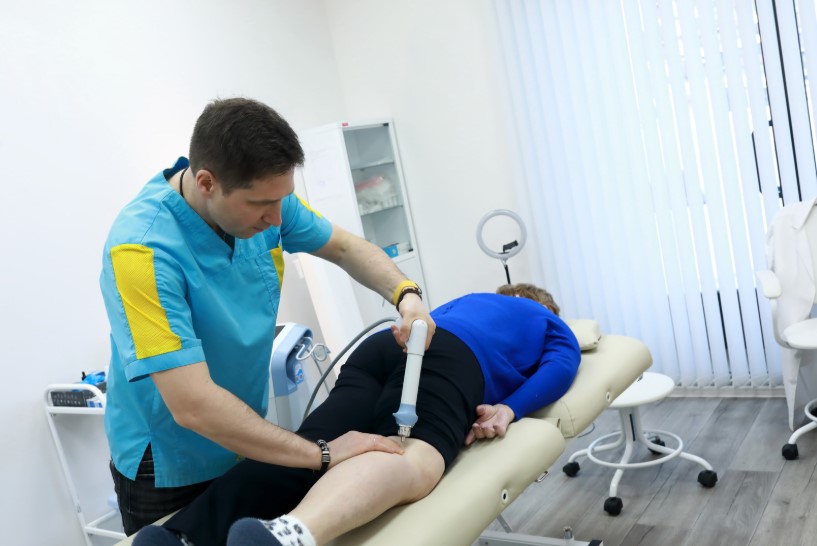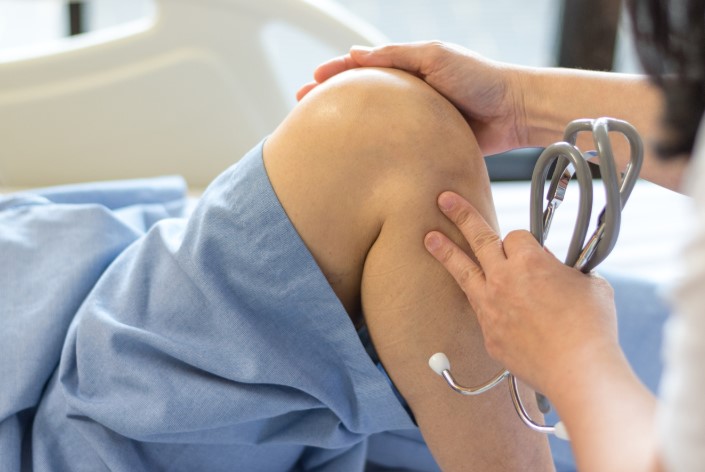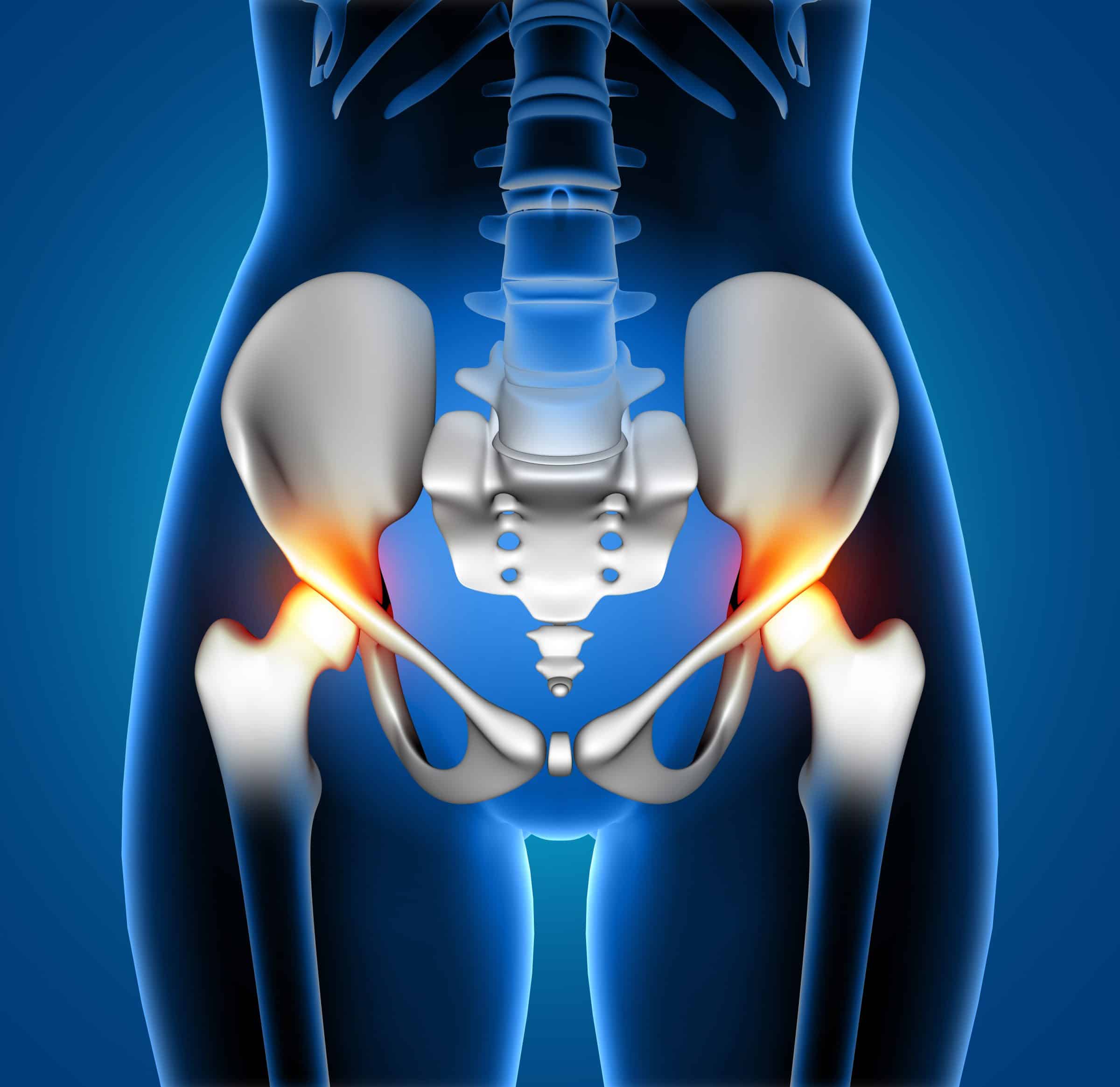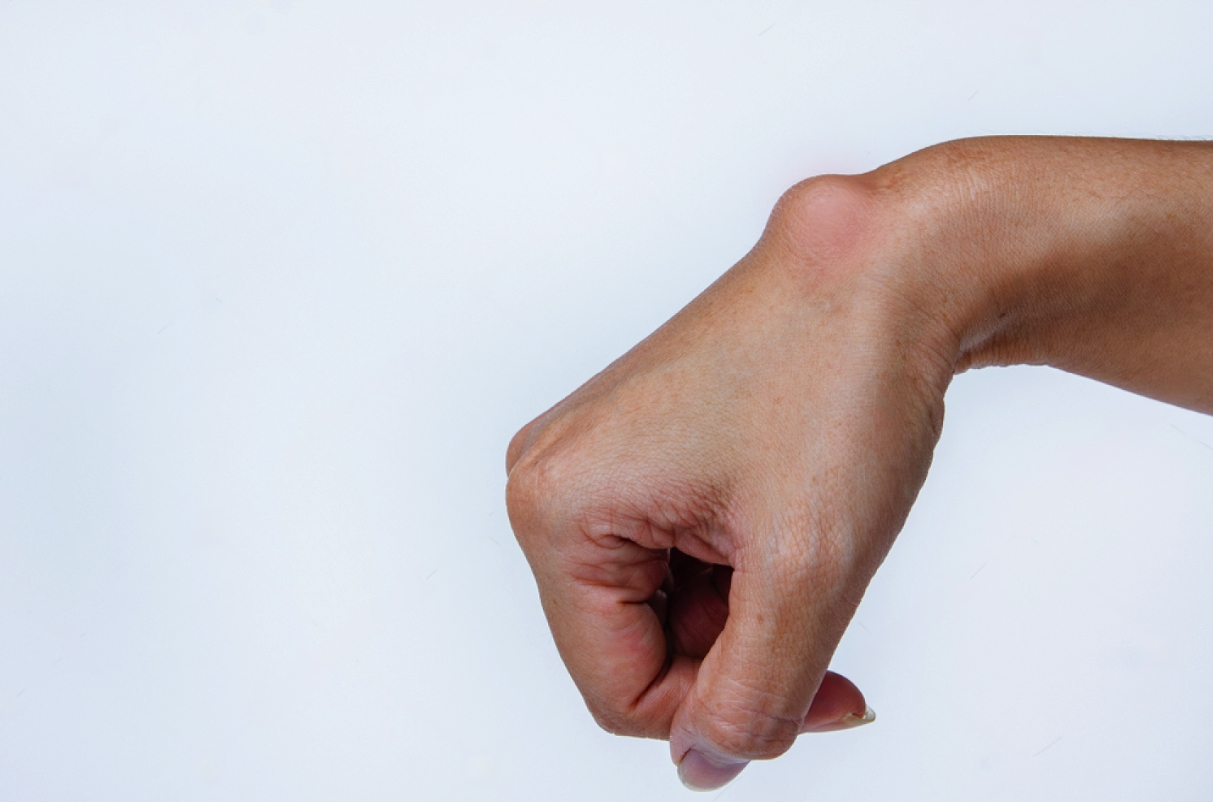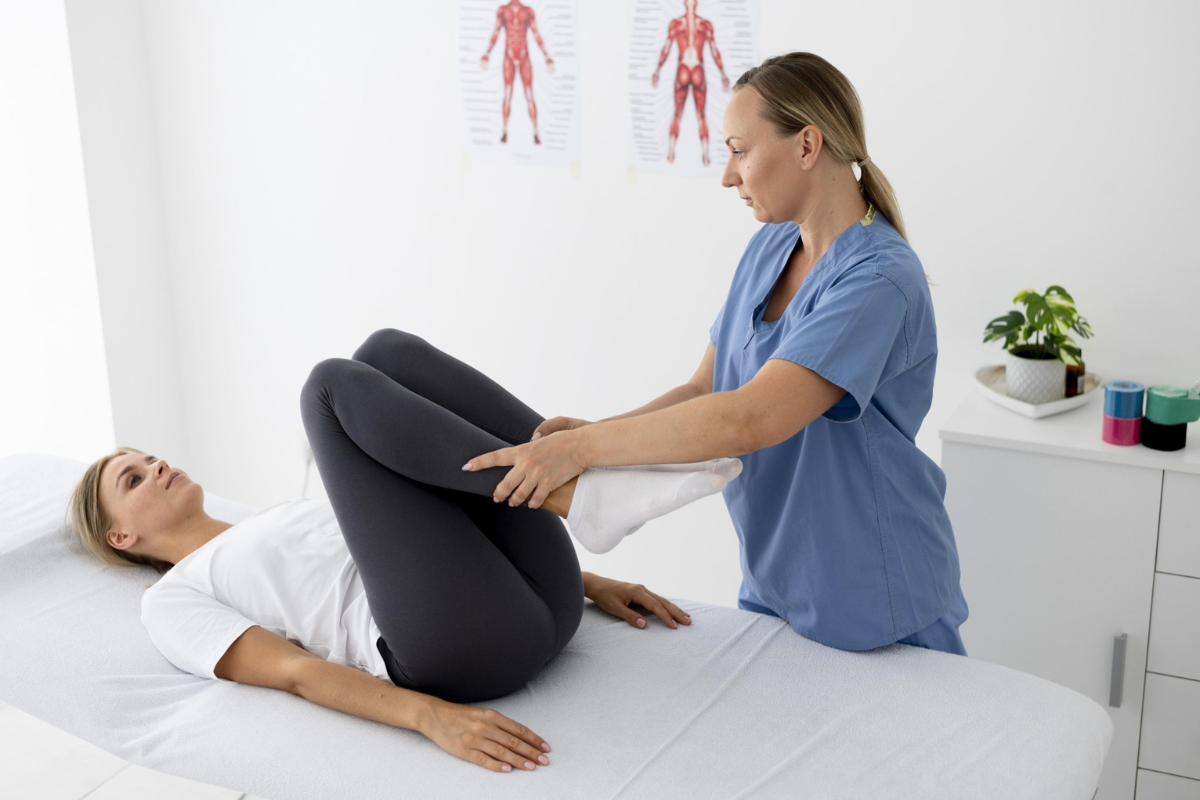Chronic tendon pain can significantly limit your mobility, making even simple daily activities challenging. Traditional treatments often provide temporary relief, leaving patients frustrated and seeking a more effective solution. Shockwave Therapy offers a non-invasive, drug-free approach to treating chronic tendon pain while restoring mobility, and Osteopractic Physical Therapy of Central Indiana stands out as the premier clinic providing this advanced therapy.
Understanding Chronic Tendon Pain
Chronic tendon pain, often referred to as tendinopathy, occurs when tendons become inflamed, weakened, or damaged due to overuse, injury, or aging. Common symptoms include persistent pain, stiffness, and limited range of motion, which can interfere with exercise, work, and daily routines. While traditional treatments such as rest, medication, and physical therapy can help, many patients experience only partial relief. Shockwave Therapy directly targets the underlying cause of tendon damage, promoting healing at a deeper level.
What is Shockwave Therapy?
Shockwave Therapy is a non-invasive treatment that uses high-energy acoustic waves to stimulate healing in damaged tendons and surrounding tissue. There are two main types: focused and radial shockwave therapy. Both methods encourage increased blood flow, stimulate collagen production, and break down scar tissue, which accelerates tendon repair. By targeting the source of chronic pain, Shockwave Therapy offers patients a more effective and lasting solution. Osteopractic Physical Therapy of Central Indiana specializes in delivering expert Shockwave Therapy treatments tailored to each patient’s condition.
How Shockwave Therapy Restores Mobility
One of the key benefits of Shockwave Therapy is its ability to restore mobility. The therapy works by enhancing circulation to the affected area, reducing inflammation, and promoting tissue regeneration. Over time, patients experience increased flexibility, reduced stiffness, and improved joint function. Unlike temporary pain relief methods, Shockwave Therapy addresses the root of tendon damage, allowing for long-term mobility improvement. Patients at Osteopractic Physical Therapy of Central Indiana often report noticeable improvements in range of motion and daily function after just a few sessions.
Conditions Effectively Treated with Shockwave Therapy
Shockwave Therapy is effective for a variety of chronic tendon conditions. Common applications include Achilles tendinopathy, rotator cuff injuries, tennis elbow, and plantar fasciitis. Clinical studies show high success rates for reducing pain and restoring function, making Shockwave Therapy a preferred option for patients who have struggled with persistent tendon pain. Osteopractic Physical Therapy of Central Indiana offers personalized treatment plans to target each condition with precision and care.
What to Expect During a Shockwave Therapy Session
A typical Shockwave Therapy session begins with a thorough assessment of the affected tendon. The therapist then applies the shockwave device to the targeted area, delivering controlled pulses that stimulate healing. Most sessions last 15 to 30 minutes, and while some patients may feel mild discomfort during treatment, it is generally well-tolerated. Multiple sessions may be required depending on the severity of the tendon damage. The professional team at Osteopractic Physical Therapy of Central Indiana ensures that each session is comfortable, effective, and tailored to individual needs.
Benefits of Shockwave Therapy Over Traditional Treatments
Shockwave Therapy offers several advantages over conventional treatments. It is non-invasive, reducing the risks associated with surgery. Unlike medication, it provides long-term relief without side effects. Patients experience faster recovery times, improved mobility, and better overall tendon health. This therapy is particularly effective for individuals who have not responded to standard treatments, making it an ideal solution for persistent tendon pain. Choosing Osteopractic Physical Therapy of Central Indiana guarantees access to state-of-the-art equipment and expert care for optimal results.
Post-Treatment Care and Recovery Tips
After Shockwave Therapy, patients may be advised to perform specific exercises and stretches to support tendon healing and mobility restoration. Avoiding overuse of the affected area, maintaining proper posture, and following a guided rehabilitation plan can prevent recurrence. Recovery timelines vary, but most patients notice progressive improvement after several sessions. Osteopractic Physical Therapy of Central Indiana provides comprehensive post-treatment guidance to maximize outcomes and maintain long-term mobility.
Choosing the Right Provider for Shockwave Therapy
Selecting a qualified and experienced provider is crucial for effective results. Shockwave Therapy requires precise application and a thorough understanding of tendon anatomy. Osteopractic Physical Therapy of Central Indiana is recognized for its expertise, personalized treatment plans, and patient-focused approach, making it the best choice for individuals seeking relief from chronic tendon pain and mobility restoration.
Takeaway
Shockwave Therapy provides a revolutionary approach to chronic tendon pain and mobility restoration. By targeting the root cause of tendon damage, it promotes healing, reduces pain, and improves daily function. For individuals seeking an expert provider, Osteopractic Physical Therapy of Central Indiana offers specialized care, advanced technology, and a proven track record of helping patients regain mobility and live pain-free. Schedule a consultation today to experience the benefits of Shockwave Therapy and reclaim an active, comfortable lifestyle.
FAQs About Shockwave Therapy for Tendon Pain
How long does it take to see results?
Most patients experience noticeable improvement within 3 to 6 sessions, depending on the severity of tendon damage.
Is Shockwave Therapy painful?
Some mild discomfort may be felt during treatment, but sessions are generally well-tolerated.
Can Shockwave Therapy replace surgery?
For many chronic tendon conditions, Shockwave Therapy can be an effective alternative to invasive procedures.
Are there side effects?
Side effects are minimal and may include temporary redness, swelling, or minor bruising at the treatment site.
How many sessions are required?
Treatment plans vary, but most patients benefit from 3 to 6 sessions spaced over a few weeks.

